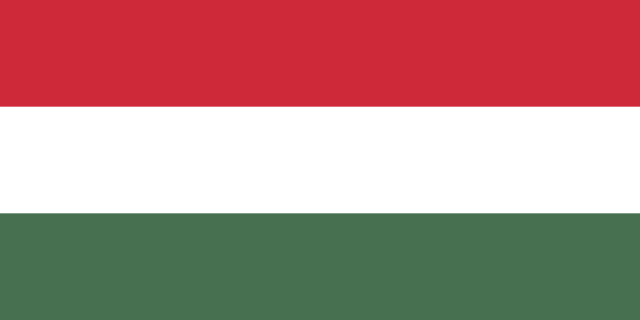Hungarian nationalism
From Wikipedia, the free encyclopedia
Hungarian nationalism (Hungarian: magyar nacionalizmus) developed in the late 18th century[1][2] and early 19th century along the classic lines of scholarly interest leading to political nationalism and mass participation.[3][4] In the 1790s, Hungarian nobles pushed for the adoption of Hungarian as the official language rather than Latin.[1][2]


Parties
Current
Former (After 1989: End of communism in Hungary)
- People of the Orient Party – Christian Democrats[10] (1989–1998)
- Party of the Hungarian Interest[11] (1993–2005)
- Hungarian Justice and Life Party[12] (1993–2021) (merged with Our Homeland Movement[13])
Former (Before 1945)
- Unity Party (1922–1944)
- Hungarian National Independence Party (1923–1928)
- Hungarian National Socialist Agricultural Labourers' and Workers' Party[14][15] (1932–1945)
- Arrow Cross Party[16] (1935–1945)
- Christian National Socialist Front[17] (1937–1940)
- United Hungarian National Socialist Party[18] (1936–1940)
- National Front[17] (1936–1939)
Movements
- Magyar Gárda (2007–2009), see also Magyar Nemzeti Gárda
- Force and Determination[19] (2017–present)
- Sixty-Four Counties Youth Movement[20] (2001–present)
- Pax Hungarica Movement[21][22] (2008–2017)
- Hungarian National Defence Association or "Véderő"[23] (2007–2011)
- Hungarian National Front[24][25] (1989–2016)
- Civil Guard Association for a Better Future[26] (2011–2014)[27]
- Magyar Önvédelmi Mozgalom[27] (2014–present)
- Magyar Nemzeti Gárda[28] (2010–present)
- Betyársereg[29]
- Legio Hungaria[30]
See also
References
Further reading
External links
Wikiwand - on
Seamless Wikipedia browsing. On steroids.
